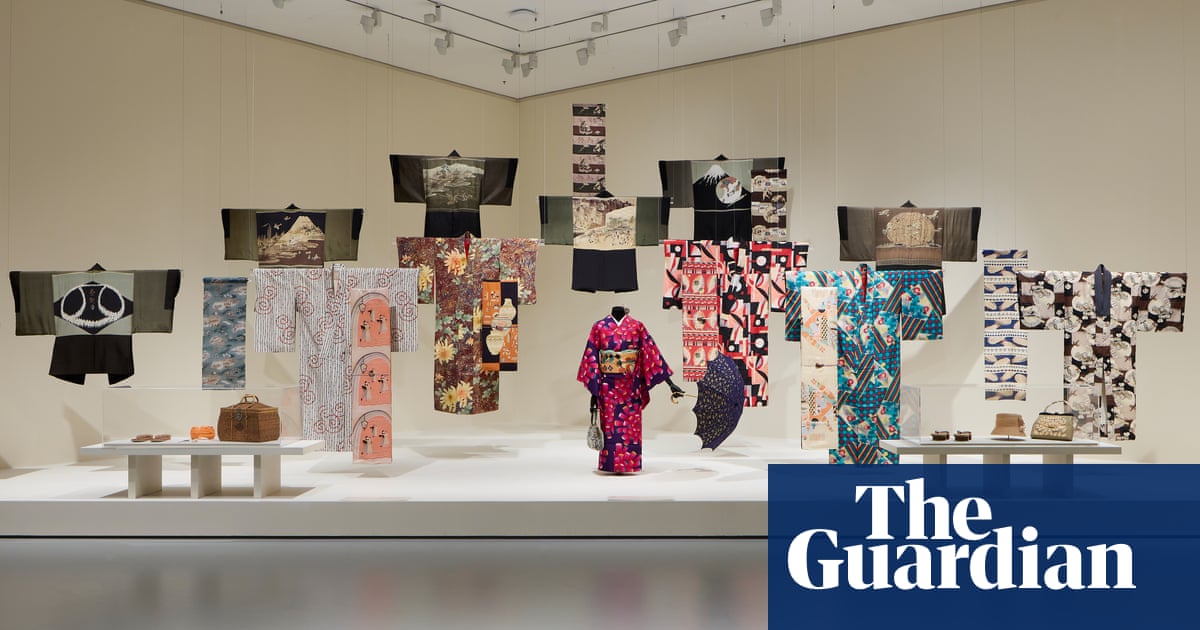
"Historically they didn't use the word kimono. They used all of these huge vocabulary of words to describe different styles."
"At the time the kimono was made, Japan had closed its borders to the wider world but inside the country it was a time of relative peace and prosperity, at least for the upper classes."
"This technique shows the more love that you imbue into an object, the more beautiful it becomes."
"During the Meiji period, from 1868 onwards, Japan reopened its borders to the world and Japanese design became a global obsession."
Wayne Crothers, senior curator at NGV, explains that the term 'kimono' originally described various garments before the 20th century. The article highlights two contrasting kimonos: an elaborate Edo period silk kimono made for the aristocracy, showcasing a falconry scene, and a humble boro kimono from the Meiji period, stitched from scraps to provide warmth. The development of kimonos reflects Japan's socioeconomic changes, particularly during periods of isolation and then global openness, illustrating how clothing embodies cultural and historical narratives.
Read at www.theguardian.com
Unable to calculate read time
Collection
[
|
...
]